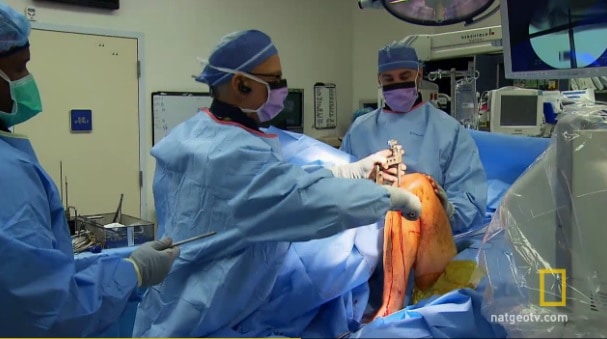Retrograde anastomosis and antegrade anastomosis have been hypothesized to provide additional benefits after lymphaticovenous anastomosis (LVA) by bypassing retrograde lymphatic flow. This notion, however, has yet to be confirmed. For a study, researchers sought to compare the effects of executing retrograde and antegrade anastomosis for treating lower limb lymphedema versus antegrade-only anastomosis.
It was a propensity score-matched retrospective cohort study. About 87 patients with gynecologic cancer-related lower limb lymphedema were included, with 58 receiving both antegrade and retrograde anastomoses (Group I) and 29 receiving solely antegrade anastomoses (Group II) as the control group. The primary therapy was LVA. Patients who had already had LVA, liposuction, or excisional treatment were not eligible. Patient characteristics, intraoperative findings, and functional data were all documented, including the ratio of indocyanine green-enhanced to flow-positive lymphatic vessels. For outcome evaluations, magnetic resonance volumetry was performed. The volume change 6 months after LVA was the main outcome.
Following matching, a total of 26 patients remained in each group. All parameters were matched, except that Group I did considerably better on median LVA than Group II (8 [IQR: 5.3-10.0] vs. 5.5 [4.3-6.0], P=0.001, respectively). At six-month and one-year follow-up, Group II improved more than Group I, although the differences were not statistically significant.
The use of supplemental retrograde anastomoses is discouraged because they may result in a worse post-LVA outcome than antegrade-only anastomoses.
Reference: sciencedirect.com/science/article/pii/S1743919122004976


